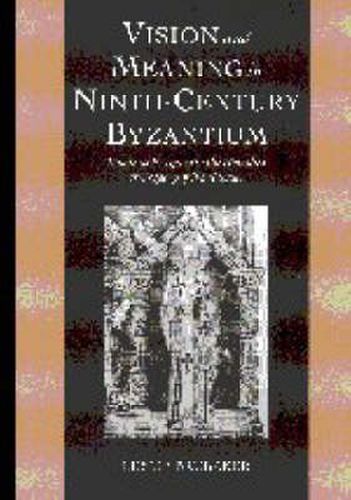Readings Newsletter
Become a Readings Member to make your shopping experience even easier.
Sign in or sign up for free!
You’re not far away from qualifying for FREE standard shipping within Australia
You’ve qualified for FREE standard shipping within Australia
The cart is loading…






The Byzantines used imagery to communicate a wide range of issues. In the context of Iconoclasm - the debate about the legitimacy of religious art conducted between c. 730 and 843 - Byzantine authors claimed that images could express certain ideas better than words. The Homilies of Gregory of Nazianzus, produced in Constantinople around 880 for the emperor Basil I as a gift from the patriarch Photios, demonstrates this idea. The manuscript includes forty-six full page miniatures, most of which do not directly illustrate the text they accompany, but provide a visual commentary on that text. Vision and Meaning in Ninth-Century Byzantium deals with how such visual communication worked, and examines the types of messages that the pictures could convey to contemporaries. It also considers the issue of how written and visual communication differ in more general terms.
$9.00 standard shipping within Australia
FREE standard shipping within Australia for orders over $100.00
Express & International shipping calculated at checkout
The Byzantines used imagery to communicate a wide range of issues. In the context of Iconoclasm - the debate about the legitimacy of religious art conducted between c. 730 and 843 - Byzantine authors claimed that images could express certain ideas better than words. The Homilies of Gregory of Nazianzus, produced in Constantinople around 880 for the emperor Basil I as a gift from the patriarch Photios, demonstrates this idea. The manuscript includes forty-six full page miniatures, most of which do not directly illustrate the text they accompany, but provide a visual commentary on that text. Vision and Meaning in Ninth-Century Byzantium deals with how such visual communication worked, and examines the types of messages that the pictures could convey to contemporaries. It also considers the issue of how written and visual communication differ in more general terms.